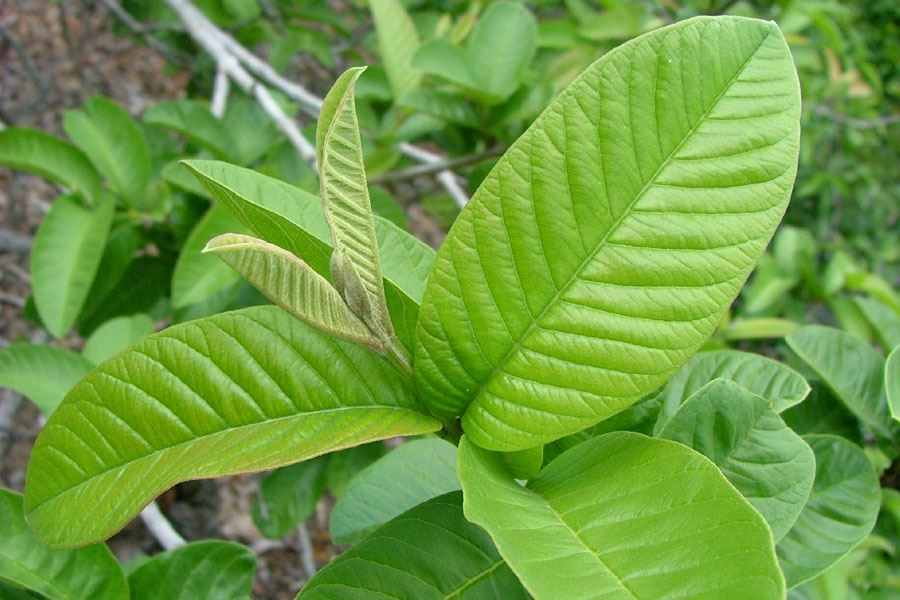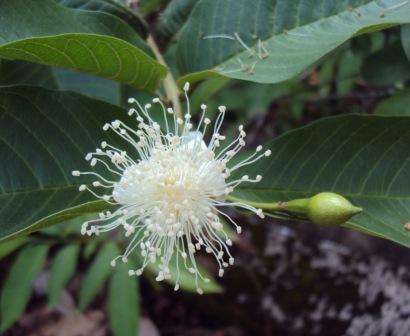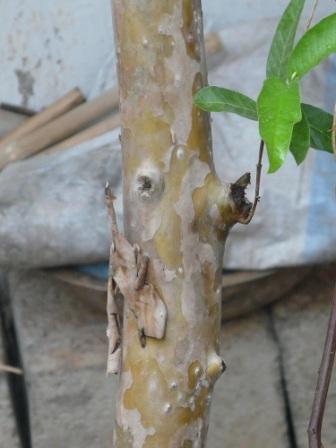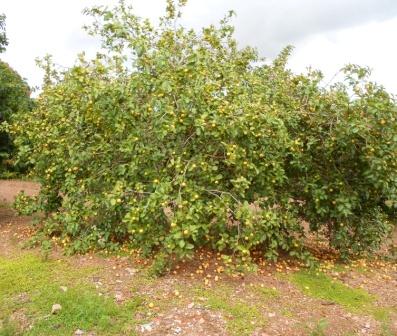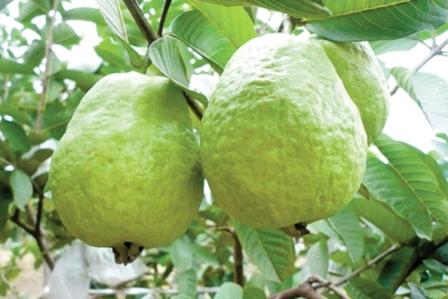Natural Regeneration :
- Naturally regenerates by root suckers.
Artificial Regeneration :
- Propagation by Layers is used as planting material.
Seed collection and Storage :
- Seed storage behaviour is orthodox; seeds at 6% mc survive 24 hours in liquid nitrogen; no loss in viability following 66 %.
- months hermetic storage at -20 deg. C with 5.5% mc.
Seed Treatment :
- Seed capsules are clipped from trees when the capsules begin to split.
- The capsules are sun dried until they split and then shelled by hand.
- The seed is further dried and then stored in sealed containers in a refrigerator, because viability is lost quickly at ambient air temperatures
Nursery Technique :
Air layering
- Air layering is also known as ‘goottee’ which is mainly practiced during rainy season (June to September)
- Survival capacity of layers 80-85%.
- For air layering 1 year old branches of 1 to 1.5 m length are selected.
- A ring of bark of 2.5 to 3.0 cm long is removed from 45 cm away from the tip.
- The rooting hormone IBA (root promoting plant growth hormone) @ 4000-5000 ppm is applied at the upper cut end of girdled area.
- The girdled area is covered with moist sphagnum moss and wrapped with polythene tape.
- Rooting starts within 3-5 weeks.
- After 6 to 8 weeks when sufficient roots are visible through the transparent tape, the layer is removed from the branch by means of cutting the stem below the girdled area in stages
- The polythene film is removed from the finally severed rooted stem and potted and kept in the shade until new leaves appear.
- When the new flushes are produced, the plants can be transplanted in the field.
Plantation technique :
- The planting is distributed from June - December.
- A spacing 5 - 6m in either way is generally followed.
- Plant the layers with the ball of earth in the center of pit of 45 cm x 45 cm x 45 cm size filled with FYM 10 Kg neem cake 1 Kg and top soil.
Care & Disease Control :
All heavy pruning should be done during the dormant/winter season, but some light pruning to open up the plants and remove suckers can be done in the summer, usually in August.
Irrigation :
For proper growth and survival it is necessary to give one or two waterings after planting. This is specifically required in arid regions. Irrigation after planting is not a prerequisite in areas having sufficient soil moisture and precipitation. Higher survival rate and better rate of growth is reported when soil and water conservation measures are also adopted
Recommended Harvest :
- Layers come to bearing in 2 - 3 years.
- The first crop can be harvested during February – July and the second one during September – January.
Yield :
- The crop yields about 25 t/ha.
Agro Forestory :
- Performed very well when intercropped with fodder crops such as maize, sorghum and cowpeas.
Major uses :
- Irrigate copiously immediately after planting, again on third day and afterwards once in 10 days or as and when necessary.
- Pruning is to be done during September-October and February – March to encourage more laterals.
Market details :
- Approximately Rs. 50000 – Rs.60000 /ton
Carbon stock :
0.0053 tC/tree


